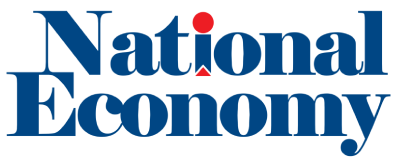Nigeria’s foreign exchange reserves climbed to a six-year high of $42.03 billion on September 19, 2025, driven by firmer oil receipts, renewed portfolio inflows, and tighter monetary policy that curtailed speculative activities in the foreign exchange market.
This growth also marks a significant recovery in the nation’s external buffers and underlining renewed confidence in the Central Bank of Nigeria’s (CBN) management of the currency market.
At the start of 2025, reserves opened at $40.88 billion, but persistent foreign exchange demand pressures, modest oil inflows, and outflows in the first half of the year dragged the stockpile to its lowest level in 12 months by early July. The decisive turnaround began thereafter, driven by firmer oil receipts, renewed portfolio inflows, and tighter monetary policy that curtailed speculative activities in the foreign exchange market.
Figures released by the apex bank showed that the reserves, which stood at $41 billion on August 19, grew by $1.03 billion within one month. The latest figure is the highest level since September 22, 2019, when reserves was $42.05 billion.
A breakdown of the movement revealed a steady accretion across the first half of September. The reserves opened the month at $41.42 billion on September 1, rose to $41.57 billion on September 8, and further strengthened to $41.84 billion on September 15 before reaching $42.03 billion on September 19.
In total, the stockpile surged by $610.7 million or 1.47 per cent within just 19 days, reflecting one of the most consistent upward streaks in recent years.
Compared to the low of $37.18 billion recorded on July 3, the reserves has added $4.85 billion in just over two months, translating to more than 13 per cent accretion. Compared to what it was as at the end of last year, the reserves have so far risen by $1.15 billion or 2.83 per cent.
At the start of 2025, reserves opened at $40.88 billion, but persistent foreign exchange demand pressures, modest oil inflows, and outflows in the first half of the year dragged the stockpile to its lowest level in 12 months by early July.
Earlier this month, the upward trajectory had already pushed reserves past $41.66 billion as of September 11, their highest in nearly four years at the time. The continued rally since then has taken the balance past the six-year threshold, underscoring stronger market conditions and improved policy traction.
CBN governor, Olayemi Cardoso recently disclosed that the apex bank was targeting to grow its diaspora reserves to $1 billion by 2026, up from the current $600 million. He explained that, a framework had been put in place to achieve the target, noting that, diaspora remittances remained a critical source of stable foreign exchange inflows for the economy.





